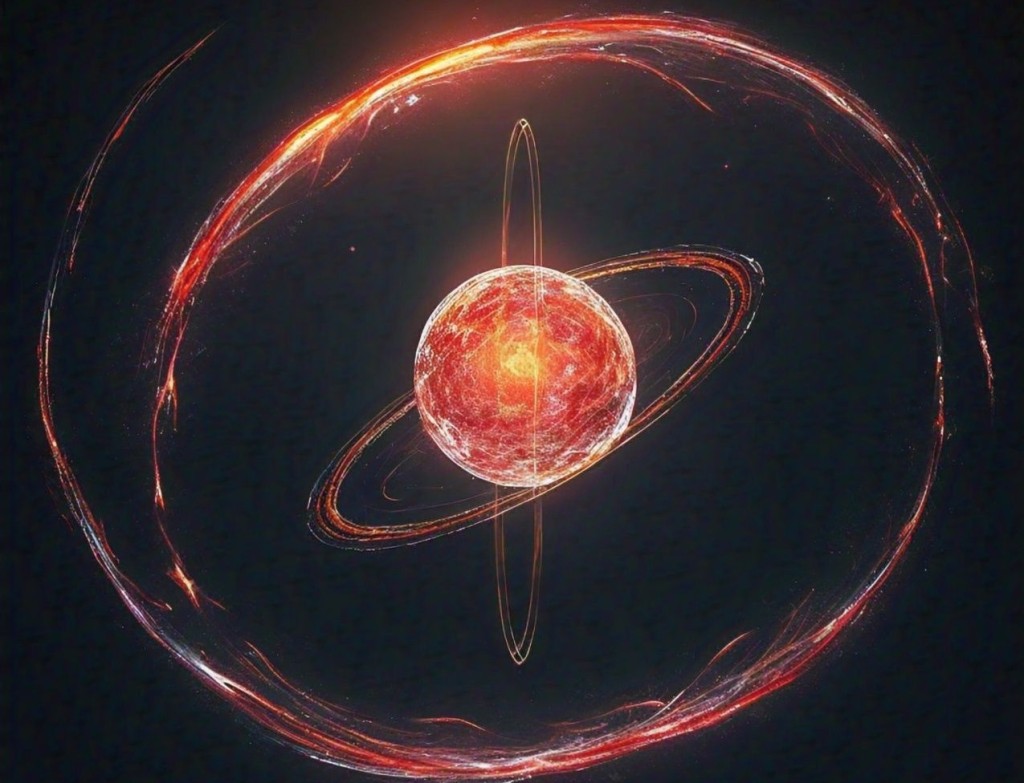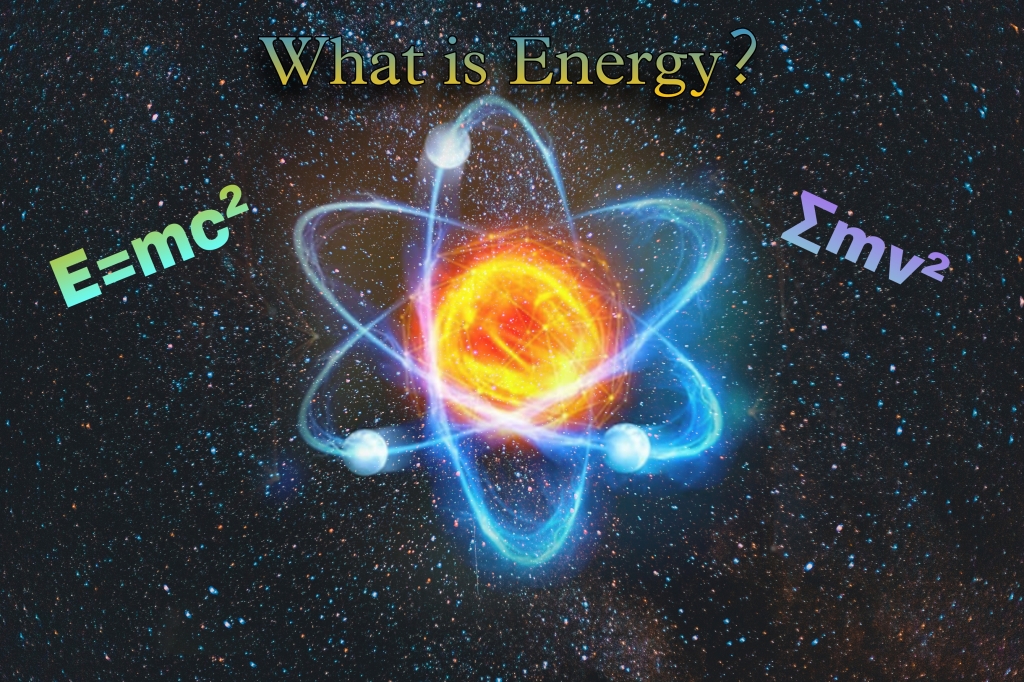A new era of space satellite:
In the previous part we explored the history, significance, and legacy of Sputnik 1 and the pioneering satellites that opened the door to the exploration of the final frontier.
In the dawn of the 1950s, a new frontier beckoned—the boundless expanse of space. Two superpowers, the United States and the Soviet Union, turned their gaze upwards, igniting a fierce competition that would propel humanity into the Space Age. This article will explore the genesis of satellite technology and the rapid evolution of rocketry that marked this era of discovery and rivalry. From the early inklings of space exploration to the groundbreaking launch of Sputnik 1 in 1957, we will trace the pivotal moments and technological leaps that led to the birth of the satellite era. As we delve into this historical journey, we’ll uncover how the interplay of political ambition and scientific ingenuity set the stage for a revolution that would forever change our view of the Earth and beyond.

The birth of the satellite era :
President Eisenhower, recognizing the limitations of aircraft for surveillance, believed that satellites could maintain near-continuous observation over the Soviet Union.

Consequently, space satellites became Eisenhower’s top priority in the realm of space exploration. Concurrently, the Killian Report urged the United States to focus on developing ballistic missiles—rockets designed to deliver bombs. During the early 1950s, Huntsville, Alabama, was home to the nation’s most seasoned ballistic missile experts, working under the auspices of the U.S. Army. However, the team’s origins were not American; the engineers were predominantly German, many of whom had been involved with rocketry since their youth. Among these German engineers was Wernher Von Braun, a visionary with grand aspirations. In 1932, Von Braun, then a 20-year-old graduate student, caught the attention of the German military, which was seeking alternatives to heavy artillery prohibited by the Treaty of Versailles following World War I.

The German army enlisted Von Braun to create a ballistic missile that could fulfill the role of artillery. This endeavor would eventually necessitate the establishment of a new rocket development facility, with the coastal town of Peenemunde.
A functional guided missile :
In the year 1939, subsequent to the commencement of the Second World War in Europe, the German military was eager to deploy Wernher Von Braun’s rocket technology, yet a functional guided missile was still several years from realization.

The team encountered substantial challenges in the realms of engine design, guidance systems, and aerodynamics. The engines required a method to maintain combustion for an extended duration exceeding one minute without succumbing to thermal destruction. In due course, Von Braun’s team devised a cooling mechanism for the engine by routing the propellant around the motor casing prior to its combustion.
Creation of V2 rockets and technical barriers to the creation of V2 :
One of the most formidable challenges was the development of a guidance system capable of autonomously steering the rocket. It was imperative to engineer a device that would ascend vertically, tilt over, and maintain a trajectory sufficiently precise to impact a designated target with reasonable accuracy. This aspect represented the most arduous and complex component of the entire endeavor. Von Braun’s engineers developed a sophisticated system incorporating multiple gyroscopes, which detected the rocket’s orientation and transmitted corrective commands to the control surfaces on its fins.

By the year 1944, von Braun’s team had surmounted all significant technical barriers, culminating in the creation of the first dependable and functional rocket. Notably, a full thirteen years prior to the launch of Sputnik 1, Von Braun was already contemplating the prospects of an artificial satellite. However, the aspirations for satellite deployment and space exploration were relegated to secondary importance due to the exigencies of the war, which was progressing unfavorably for Germany. The regime under Adolf Hitler rebranded Von Braun’s rocket as the V2. In September of 1944, the inaugural V2 missiles were launched against the cities of London, Paris, and Antwerp.

Beginning of a new era in rocket science:
Wernher von Braun was instrumental in realizing the potential of ballistic missiles during World War II, with over 3200 V2 rockets launched, resulting in approximately 5000 casualties. However, the production of these rockets exacted a much steeper human cost. Ultimately, the V2 proved to be an ineffective weapon for Germany, failing to instill terror among the Allied forces. Despite this, the strategic importance of von Braun’s innovations was clear, as they held significant implications for the future of warfare and space exploration. In the waning days of the war, Von Braun, who had suffered a broken arm in a car accident, surrendered to American forces.

He, along with around 100 German engineers, were enlisted by the U.S. Army to continue their work on rockets, initially in Texas and later, from 1956, in Huntsville, Alabama, marking the beginning of a new era in rocket science.
This is the end of the part 3 , the next part will be released soon ..





Leave a comment